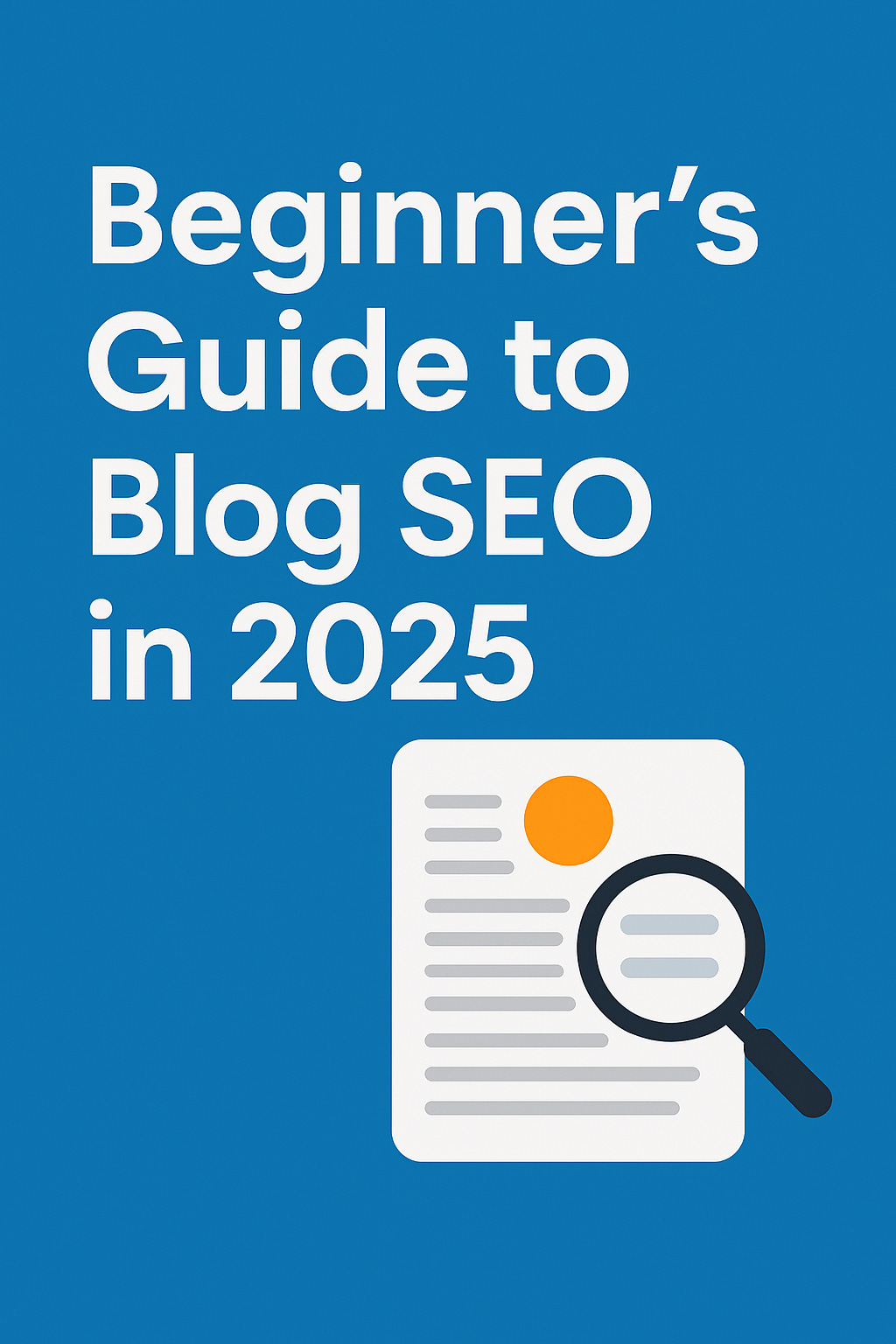Beginner’s Guide to Blog SEO in 2025
“Beginner’s guide to blog SEO in 2025. Learn step-by-step strategies to optimize posts, target long-tail keywords, and build long-term traffic.”
Introduction
SEO is the engine that powers long-term traffic to your blog. Without it, your posts get buried under millions of others. The good news? SEO isn’t as complicated as it looks—especially if you focus on the basics.
This beginner’s guide to blog SEO in 2025 will walk you through everything you need to know to start ranking in search engines.
👉 Complete List: Free Traffic Strategies: 27 Proven Ways to Drive Visitors Without Ads.
Section 1: What is Blog SEO?
Search Engine Optimization = optimizing your content so it shows up when people search Google.
Benefits:
Free, evergreen traffic
Builds trust and authority
Increases affiliate conversions
Section 2: Blog SEO Basics for Beginners
Use long-tail keywords in titles, URLs, and subheadings.
Write 2,000+ word posts for depth.
Add internal links to pillars and spokes.
Optimize meta description (≤160 characters).
Use alt text for all images.
Section 3: Essential SEO Tools in 2025
Rank Math (plugin).
Ubersuggest (keyword research).
Google Search Console (performance tracking).
AnswerThePublic (question-based keywords).
Section 4: Common SEO Mistakes Beginners Make
Keyword stuffing.
Ignoring technical SEO (site speed, mobile-friendliness).
Not building backlinks.
Publishing content without updating old posts.
Section 5: SEO Checklist for Blog Posts
Keyword in first 30 words.
Keyword in H1 and at least 1 H2.
2–3 internal links to other posts.
Outbound links to authority sources.
Optimized images with descriptive alt text.
Conclusion
SEO is the most powerful free traffic strategy for bloggers in 2025. Learn the basics, stay consistent, and watch your traffic compound month after month.
👉 See the full Blogging for Beginners Guide for more details.
How do beginners do SEO for blogs? Focus on keyword research, on-page optimization, and consistent content.
Does SEO really work for new blogs? Yes, but it usually takes 3–6 months to see results.
Stephon Anderson


